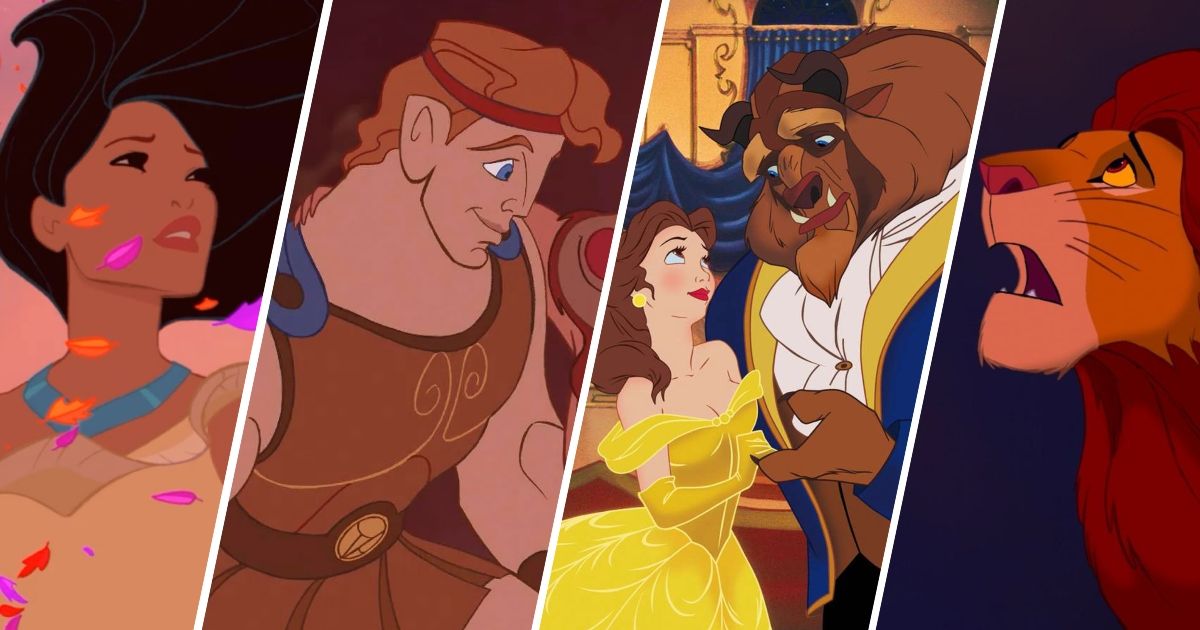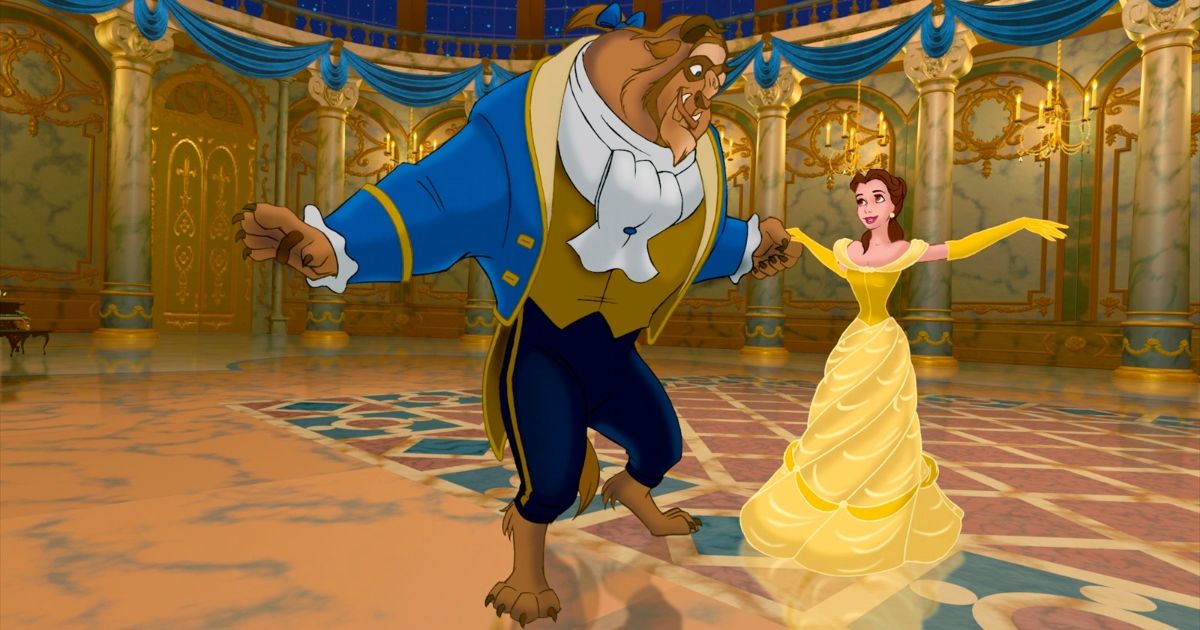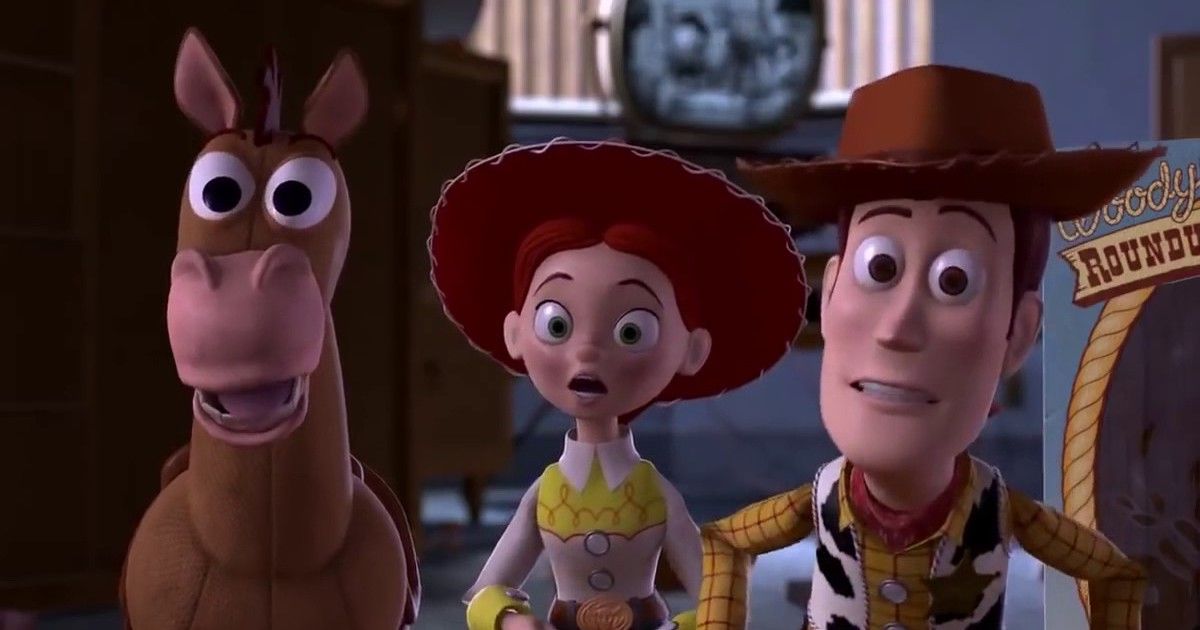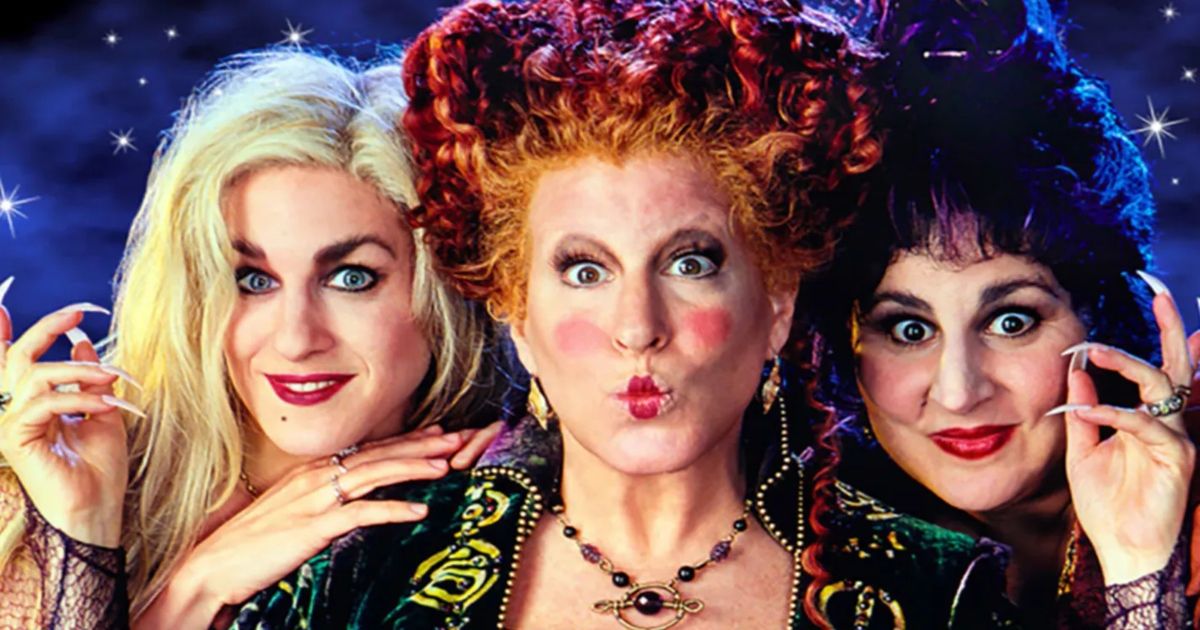Disney has come a long way since the days of Steamboat Willie and the Studio’s first major feature film, Snow White and the Seven Dwarfs. Since its start, Disney has grown into a massively successful production company, arguably the biggest. Each decade of Disney offered something different and brought countless classics to life on the big screen. In the ‘40s, it was Dumbo and Pinnochio. In the ‘50s, it was Peter Pan and Alice in Wonderland. The ‘60s brought the live-action classic Mary Poppins, followed by The Aristocats and Robin Hood in the 1970s. While the ‘80s brought greats like The Little Mermaid and Honey, I Shrunk the Kids.
Even in recent years, Disney has released major hits like Frozen, Coco, and Encanto, not to mention the successes from the 2000s like Monsters, Inc., Finding Nemo, Lilo & Stitch, and the Pirates of the Caribbean franchise. However, the best decade of Disney movies by far has to be the 1990s. From 1990 to 1999, Disney released hit after hit, including Beauty and the Beast, Toy Story, and The Lion King, to live-action movies like Hocus Pocus, Flubber, and 101 Dalmatians.
Here is what makes the 1990s the best decade for Disney.
Update October 27, 2023: In honor of Disney's 100th anniversary, this article has been updated with more information on why, over the company's long history, the 1990s were the best.
Timeless Classics
There are plenty of Disney classics that didn't premiere in the 1990s, like 1937's Snow White, 1941's Dumbo, and 1950's Cinderella. However, in quantity, the '90s was the peak of the company in what was known as the Disney Renaissance. While it kicked off with The Little Mermaid in 1989, the period of time ran through the '90s, releasing acclaimed classics like Beauty and the Beast, Aladdin, and The Lion King.
Even as the period was dying down, the films that were "disappointments" or "underperformed," like The Hunchback of Notre Dame, Hercules, and Mulan, are still beloved today. The films of this era truly captured the imagination of a generation and entered the pop culture zeitgeist. From Robin Williams as the Genie to the phrase "Hakuna Matata" or even a McDonald's tie-in sauce for Mulan becoming a running bit on Rick and Morty, the films of this era connected.
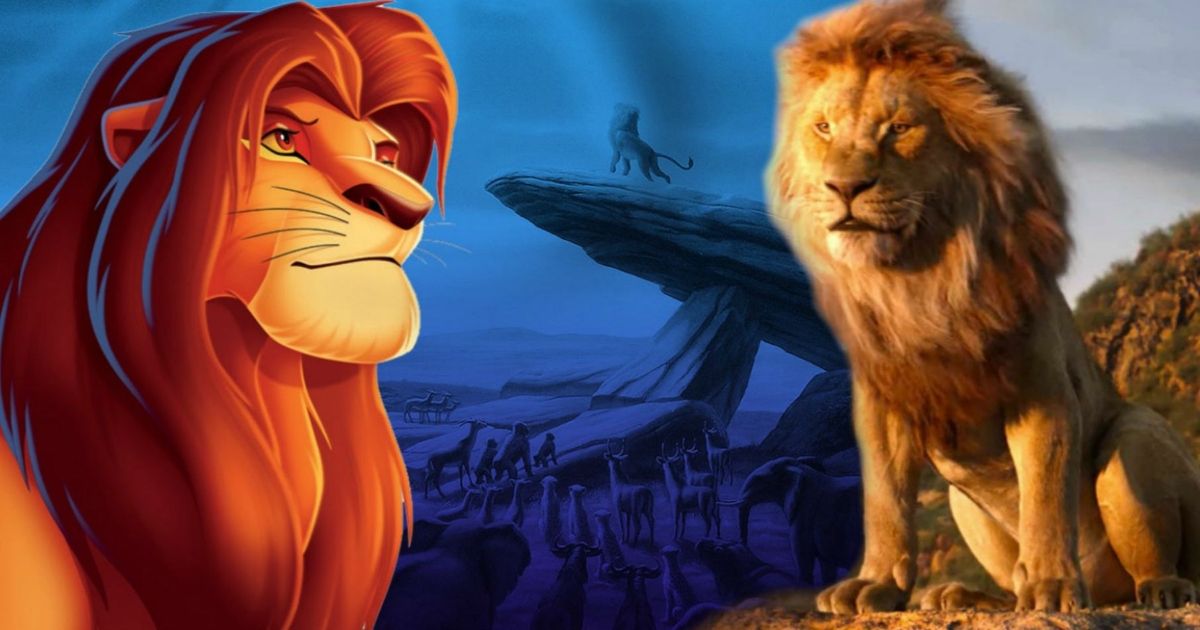
Why Disney’s Next Animated Movie Should Be In 2-D
Disney animation, for more than a decade, has been in 3-D. Is it time for the studio to return to its 2-D roots?Even non-Renissance animated films have made lasting impacts on audiences. The most notable is A Goofy Movie. While a moderate hit at the time, the movie has seen a massive boost in popularity in recent years and is now considered a classic along with the rest.
Standout Musical Performances
'90s Disney movies themselves are timeless classics that stand the test of time, but it wouldn't be a Disney movie without a musical number, and the musical performances from the '90s are some of the best. Think of songs like "Be Our Guest," "You've Got a Friend in Me," "A Whole New World," "Colors of the Wind," and "I Won't Say I'm in Love." All of these songs — most of which you likely remember the words to — are from '90s Disney movies.
Subjectively, music from '90s Disney movies is excellent, but there's evidence to back up those feelings in the form of Academy Awards. Disney won several awards in the '90s, both for Best Original Score and Best Original Song for tracks like "Beauty and the Beast," "Can You Feel the Love Tonight" and "A Whole New World."
By hiring Broadway lyricists like Howard Ashman, Alan Menkin, and Tim Rice for their films, the music in the Disney films became more integral to the plots, which also made them more universal to general audiences, allowing them to endure. Later Disney movies also saw great success in the musical department, like the worldwide phenomenon that was Frozen's "Let It Go." or "We Don't Talk About Bruno," yet these films are following in the footsteps of the 90's Disney era.
Peak of Animation
Ever since Snow White, Disney's first animated feature in 1937, Walt Disney's Animation Studios has been continuously improving upon itself. Each animated work aspires to be better than the last, using more innovative production tactics and raising the bar with each new release. The '50s saw Disney classics like Lady and the Tramp and Sleeping Beauty, among many others, all of which are still considered fan favorites today. But the 1960s to the 1980s saw a bit of an animation slump. Aside from a few hits like The Jungle Book and 101 Dalmations, the '60s, '70s, and '80s were pretty slow in terms of animated features.
The Disney Renaissance pushed boundaries like never before. Films like Beauty and the Beast, Aladdin, and The Lion King experimented with merging CGI into hand-drawn animated features. In 1993, through their Touchstone label, Disney released The Nightmare Before Christmas, which was the first fully stop-motion feature-length movie. While a minor hit at the time, The Nightmare Before Christmas has endured as a timeless classic.
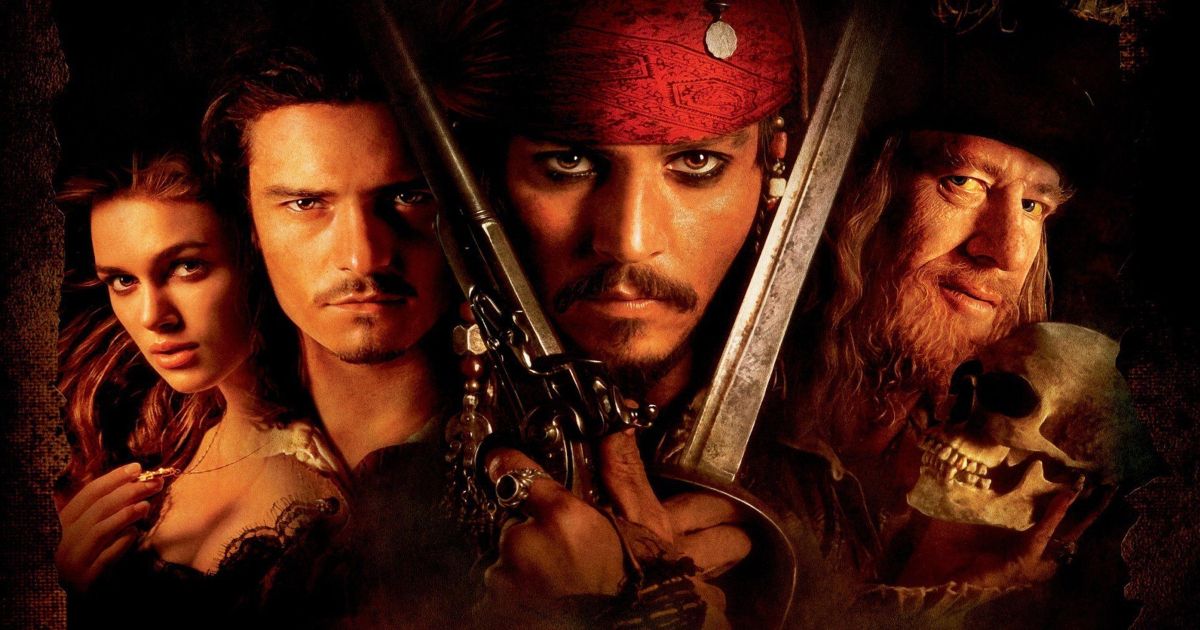
Disney Movies For People Who Don't Like Disney
Not everyone is a Disney Adult, but there are some Disney movies for everyone.Then, in 1995, Toy Story changed the game entirely. Released in 1995, the same year as the Disney animated film Pocahontas, Toy Story was a game changer as it was the first fully computer-animated film. Pixar Animation redefined what an animated film could be and released two more major films in the decade: A Bug's Life in 1998 and Toy Story 2 in 1999, with both receiving glowing reviews from critics and audiences. This pioneering technology changed animation overnight, and soon, every studio wanted to make CGI animated films.
Live-Action Classics That Were Original
While most of Disney's live-action slate now is made up of Marvel, Star Wars, and live-action remakes of their classic animated movies, in the 1990s, the studio was a lot more experimental. While they certainly tried their hand at adapting popular IPs like Dick Tracy, The Rocketeer, The Super Mario Brothers Movie (through their Hollywood Pictures subsidiary), and Inspector Gadget, the studio also released original live-action films that became touchstone classics.
Hocus Pocus premiered in 1993 and was originally a box office bomb. But the film connected with audiences on cable and home video and soon became a Halloween classic that still endures to this date. The following year in 1994, they released the holiday classic, The Santa Clause, starring Tim Allen. Both Hocus Pocus and The Santa Clause are original ideas that connected with a generation of viewers and have now become holiday classics that families still enjoy and that the studio has found popular enough to continue with other entries in the franchise.
This was also when Disney attempted their first tries at adapting their classics into live-action. The first was in 1994 with Rudyard Kipling's The Jungle Book (titled after the style of Bram Stoker's Dracula, which was released two years prior). Then, in 1996, they had a hit with 101 Dalmatians, which saw Glenn Close play the role of Cruella DuVill.
The studio also invested in mid-budget films aimed at older audiences, so they had subsidiaries primarily designed to release films that would not fit the Disney brand. Through Touchstone Pictures, Disney released films like Father of the Bride, Ed Wood, and Starship Troopers. Meanwhile, Hollywood Studios released classics like Tombstone and The Rock. These are all films that Disney now has no place for, but in the 1990s, they were making plenty of.
Disney will always have a firm grip on pop culture and modern media, but it's hard to deny the '90s was a powerhouse of a decade for the production company. From enhanced animation to an iconic music catalog and live-action classics, the '90s elevated Disney to new, almost unmatchable heights.

